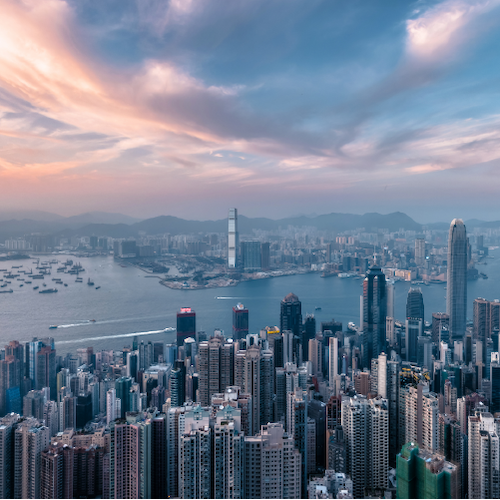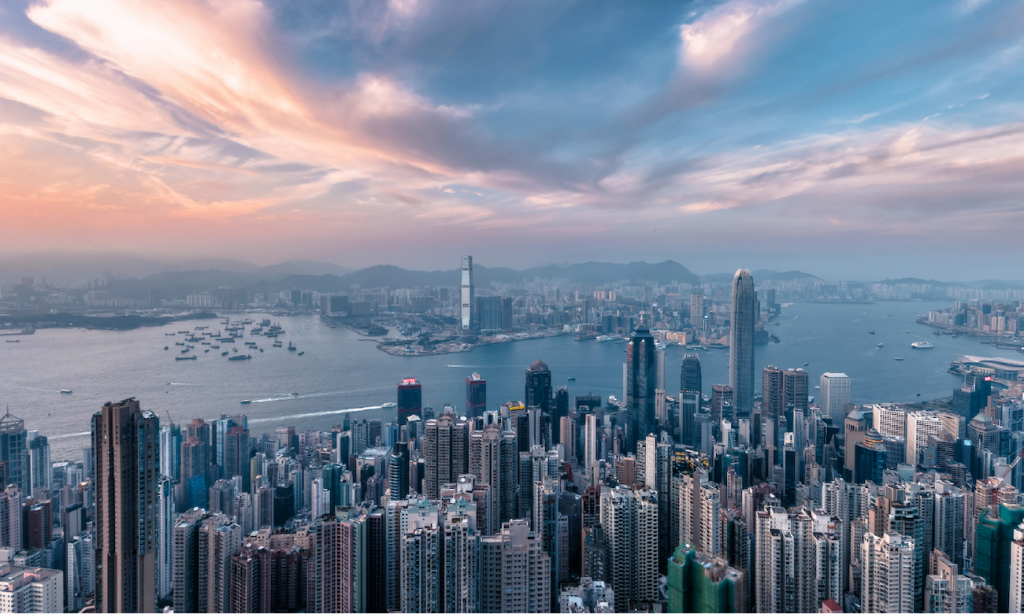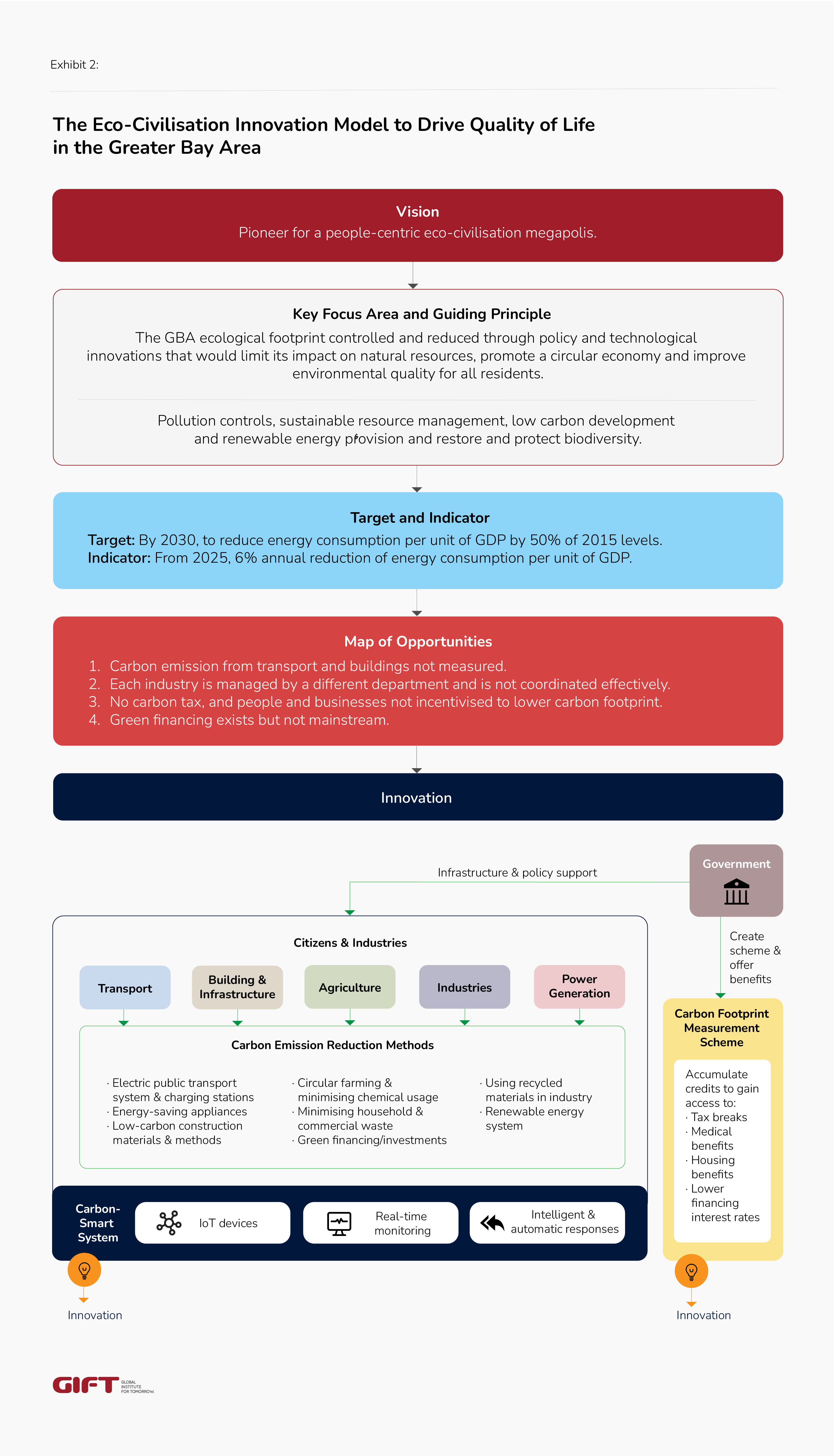With 11 distinct and unique cities, each with composite advantages – the GBA has important ingredients, supported by national political will, to develop as the region’s technological and innovation powerhouse. For example, Hong Kong’s high level of academic research on innovation and technology, and status as an international connector will naturally enable the city to attract talent, capital and reach the global market. Meanwhile, Shenzhen, the laboratory and pilot-ground for Chinese innovation and home to leading Chinese tech companies, will offer advanced and strategic industrial systems and technological development.
However, significant challenges await, largely due to mismatch between the Mainland Chinese cities and the two special administration regions (SARs). Differences are most pronounced in areas of legal systems, business practices, administration, income inequality and fiscal and monetary policies. This will require long-term reform to unblock inhibitors for growth.
Importantly for city planning, the GBA concept is relatively ambiguous and novel, and at the same time incredibly ambitious, without a clear roadmap for individual cities nor the collective on how to achieve regional integration. Policymakers, businesses, and citizens have difficulty visualising what the pathway to economic and social integration will look like, what the opportunity landscape will be, and what the socio-political repercussions might be. A YouGov commissioned report surveying businesses in Mainland China, Hong Kong and Macau found that nearly three quarters of surveyed companies cite policy and regulatory uncertainty as the most significant risk to impact proposed and future plans for the GBA.
Moreover, the large economy and vast growth potential for the GBA means that energy and resource demands in the region will continue to grow. The population is expected to reach 100 million people by 2030. This pace of growth is traditionally linked to major development and socioeconomic challenges. To name a few: regional economic disparity, population density, high levels of air, water, waste and noise pollution, and damage to the environment and cultural heritage.
In addition, the GBA will continue to contribute 30%-40% of China’s manufacturing industry. Meeting national carbon targets to reach peak carbon by 2030 and carbon neutrality by 2060 will require the GBA to undergo a green transformation based on synergy and technology. This is bolstered by the national government setting out GBA as a guiding example for the rest of the country. Thus, the overriding priorities to ensure innovation and advancement is well-coordinated, purpose-driven and addresses quality of life issues in the GBA are paramount to success in the GBA.
Policymakers have welcomed “Ecological Civilisation” as a model for sustainable development for GBA, seeking to utilise the latest technological innovations, economic instruments, and planning frameworks to ensure growth and high-quality development within resource constraints. Ecological civilisation commits cities and stakeholders to a model of growth that gives equal weight to economic development, environmental protection, and cultural heritage – i.e., holistic and sustainable development - to guide this era of modernisation. This will be key to unlock meaningful innovation and technological application to realise the vast potential of the GBA.
The GBA Eco-Civilisation Innovation Model
The GBA Eco-Civilisation Innovation Model, developed by GIFT and participants on the 2019 Hong Kong Young Leaders Programme, takes Ecological Civilisation as a starting point to leverage innovation and technology to address pressing social and environmental challenges.




























